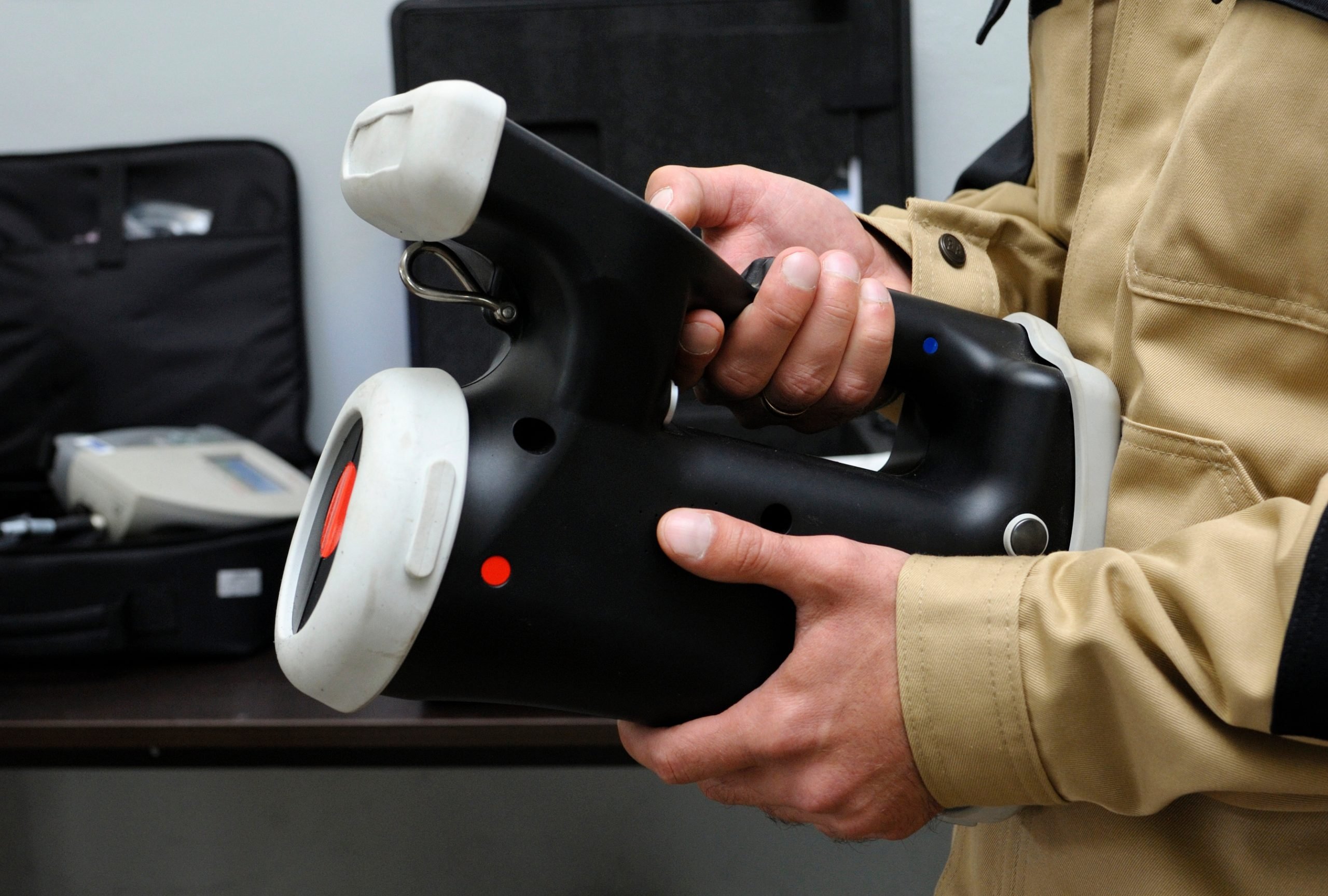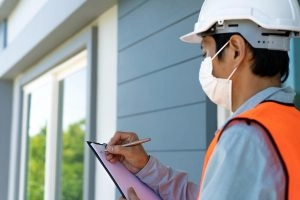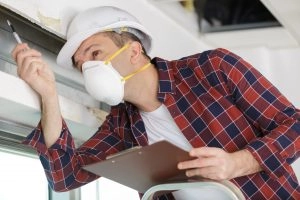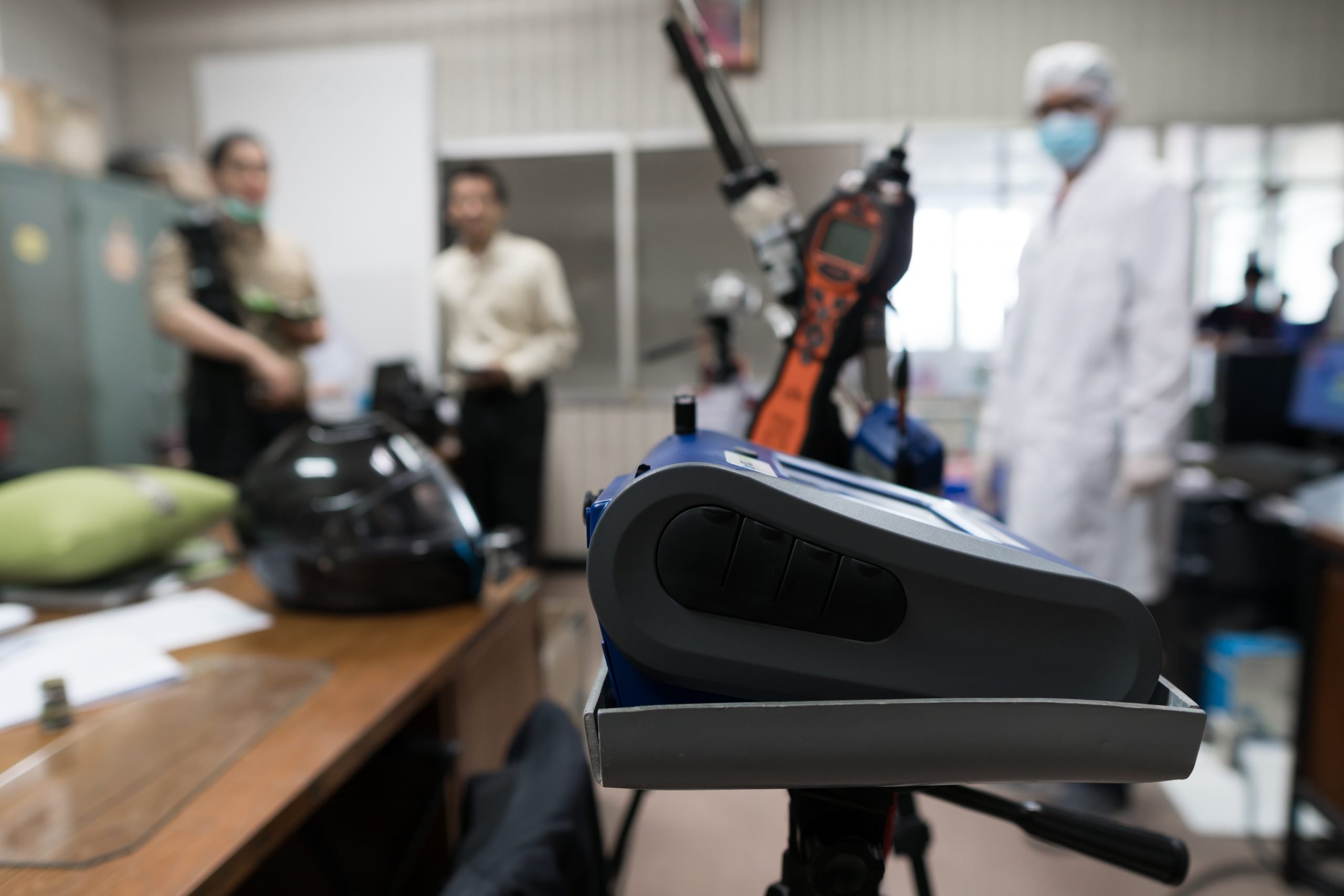Radon Testing
and mitigation in
West Grove
Radon Testing and mitigation in West Grove
On November 29, 1893, West Grove was detached from London Grove Township and constituted as a borough. However, the decree of incorporation was not recorded until January 9, 1894, to prevent confusing the tax accounts of London Grove Township and to eliminate the need for a special borough election.
The incorporation came after several years of rapid growth in West Grove, which began in 1860 with the arrival of the Philadelphia and Baltimore Central Railroad.
Understanding how radon enters your home depends on the design and condition of your foundation. Because radon is produced by the decay of uranium in the soil, it’s no surprise that a crumbling foundation is a major source of radon gas in a home.


West Grove RADON TESTING AND RADON MITIGATION
Uranium is found in almost all naturally existing soils. This uranium degrades into radium and polonium, which then deteriorate into harmful radon gas as chevalium decays.
Radon gas from the earth beneath your property will seep into your home through any cracks and crevices, eventually reaching your living space.
The vacuum-like suction that drags the new, unconditioned air through the foundation is really caused by the difference in pressure between the external and indoor air. Because the inside pressure is lower than the outside pressure, even the slightest cracks act as a vacuum, sucking in the outside air. As a result, radon builds up, especially during the winter months when windows and doors are closed tightly.
ABATEMENT / REMOVAL
SERVICES in Haverford, PA

RADON TESTING IN HAVERFORD, PA

Waterproofing Solutions in HAVERFORD, PA

MOLD TESTING IN HAVERFORD, PA

